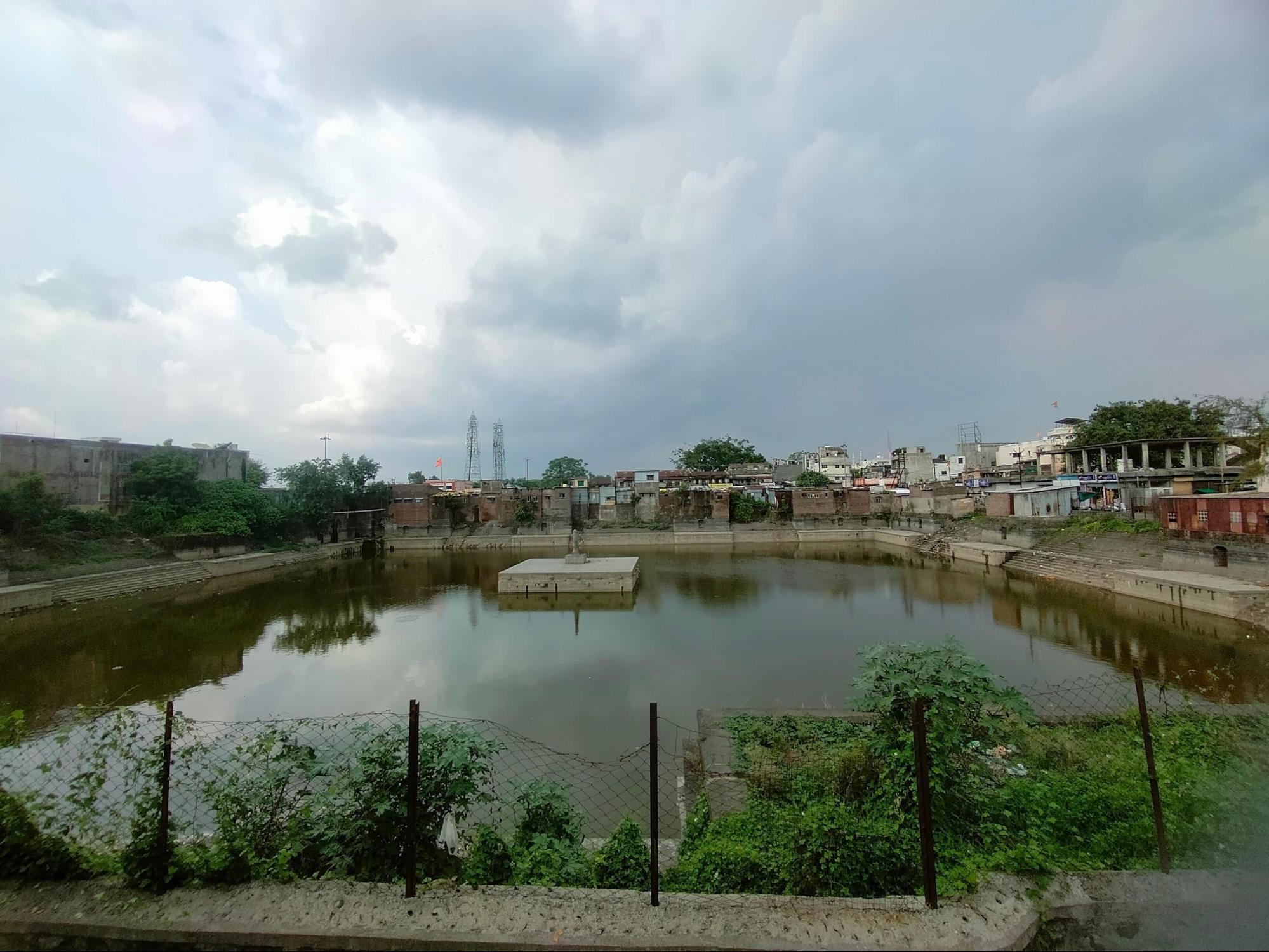WASHIM
Architecture
Last updated on 22 July 2025. Help us improve the information on this page by clicking on suggest edits or writing to us.
Architecture of Prominent Sites
Washim district presents a rich architectural tapestry shaped by religious practice and local legend. The Shri Antariksh Parshwanath Mandir in Shirpur, built in 1142 CE, is a rare example of early Jain Mandir architecture in the region. Revered by both Digambara and Shwetambara sects, the Mandir is notable not only for its intricate carvings and sculptural detail, but also for the legend of the ‘floating’ murti that gave the Mandir its name. Complementing this is the 18th-century Dev Talav in Washim town, a large ritual tank constructed with polished stone and tiered steps. Built as part of the Shri Balaji Mandir complex, it continues to serve as a key site for immersion rituals and seasonal festivals. Together, these sites reflect the district’s layered religious histories and its enduring connection between built space, ritual practice, and community belief.
Shri Antariksh Parshwanath Mandir, Shirpur
Shri Antariksh Parshwanath Mandir in Shirpur is a 12th-century Jain Mandir built in the traditional Jain architectural style. Located in the heart of the village, the Mandir is believed to have been constructed in 1142 CE and holds importance for both Digambara and Shwetambara Jain sects.
![Shri Antariksh Parshwanath Mandir in Shirpur, built in 1142 CE in a traditional Jain architectural style, houses a black stone Jain murti.[1]](/media/culture/images/maharashtra/washim/architecture/shri-antariksh-parshwanath-mandir-in-shir_g10hilF.png)
The Mandir is associated with a local legend of the murti of Parshwanath, which was said to have floated mid-air to mark the site. The black stone murti, around three and a half ft. tall, shows Parshwanath in a dhyanastha ardha-padmasana posture, protected by a five-hooded cobra. This depiction is central to the Mandir’s identity, with the term Antariksh (meaning ‘mid-air’) referring to this miraculous event.
Architecturally, the Mandir complex includes intricately carved pillars, a richly detailed garbhagriha (sanctum), and sculptural panels reflecting Jain iconography and philosophy. The site draws many pilgrims, especially during Kartik Poornima, and continues to serve as a place of worship and reflection.
Dev Talav (Chandratirtha)
Dev Talav in Washim town is an 18th-century stepped tank built in the architectural style of large-scale ritual water structures. It was constructed in 1777 CE as part of the Shri Balaji Mandir complex, commissioned by Bhavani Kalu. The tank is located adjacent to the Mandir and is still considered important to ritual practices in the area.

Dev Talav is designed with four stepped levels, each around 10 ft deep, leading to a total depth of about 40 ft. The stone used in the construction is finely polished, and the tank’s symmetry and layout reflect precise planning. Despite drying briefly during the 1972 drought, the tank has remained filled for decades. Today, it serves as a site for visarjan (immersion) during Ganesh Chaturthi, Durga Visarjan, and Chaitra Gauri festivals.
Sources
Maharashtra State Gazetteers. 1977. Akola District. Gazetteers Department, Government of Maharashtra, Bombay.
Maharashtra Tourism. Shri Antariksh Parshwanath Mandir, Shirpur. Maharashtra Tourism.https://maharashtratourism.gov.in/temple/shi…
Last updated on 22 July 2025. Help us improve the information on this page by clicking on suggest edits or writing to us.